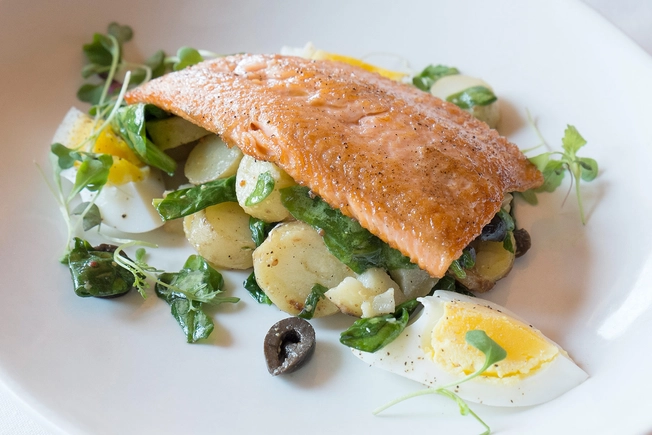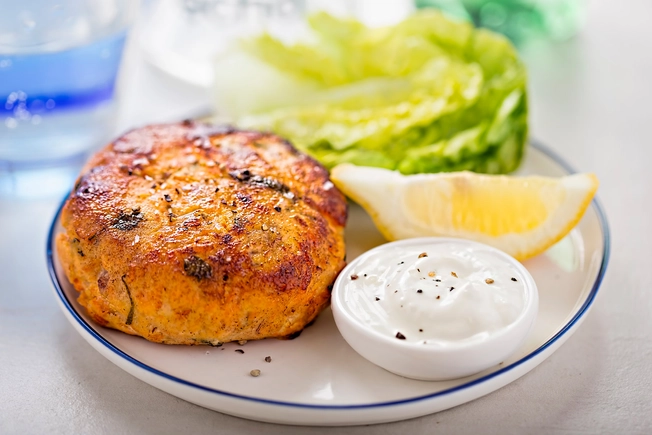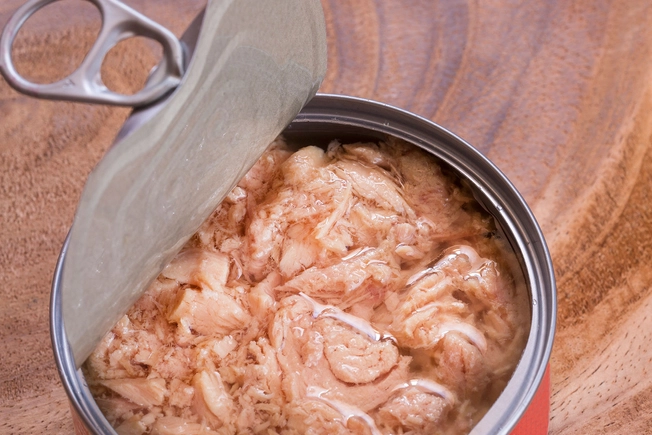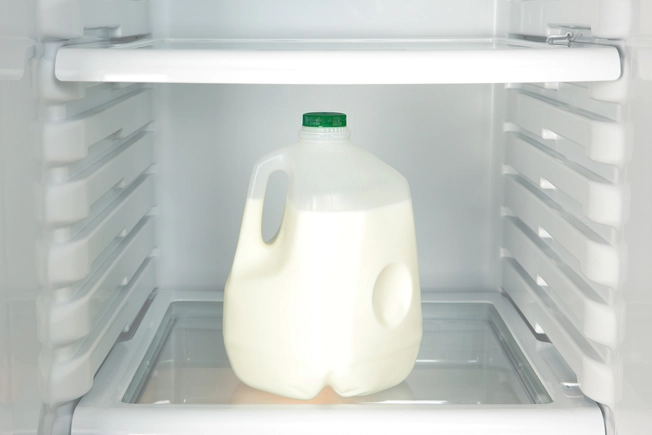Foods High in Vitamin D


Why You Need Vitamin D
It's important for your bones, blood cells, and immune system -- your body's defense against germs. You get most of your vitamin D from sunlight on your skin. Just a few minutes a day on your hands and face should do the trick. But you can also get it from food. If you're homebound, sick, or older, you might not get enough vitamin D. Talk to your doctor if you think your levels are low.

How Much Do You Need?
Most adults need about 15 micrograms (mcg) a day. This goes down to 10 mcg in infants and up to 20 mcg in adults 71 or older. On labels, you may see vitamin D amounts listed in international units (IU). A single microgram is equal to 40 international units.

Orange Juice
In this case, it's better to buy it at the store than to squeeze it yourself. That's because the vitamin D comes not from the oranges themselves, but from the makers who add it to the juice at the factory. Look for the words "fortified with vitamin D" on the label. You get about 2.5 mcg for each cup.
Enjoy a glass of orange juice, but don't overdo it. Besides nutrients, it's also packed with sugar and calories.

Rainbow Trout
If you're looking for a healthy main course that comes with a decent amount of vitamin D, try grilling some rainbow trout. It has 16 mcg in a 3-ounce serving. Add a little butter with some lemon and herbs for a tasty meal.

Salmon
A 3-ounce serving of salmon can give you 10 to 18 mcg of vitamin D, depending on the type. Wild coho is at the low end with 10 mcg, and canned sockeye salmon is at the top with 18. Other fatty fish like mackerel, herring, and sardines also have a pretty good vitamin D kick.
For an easy-to-prepare meal, try baked fish cakes with salmon from the can.

Portabella Mushrooms
You can get 8 mcg of vitamin D when you eat 3 ounces of portabella mushrooms. But you might bring them outside to see the sun for a few seconds. That's because UV light from the sun raises the level of vitamin D in many mushrooms, and particularly in portabellas.
For an alternative to a meat dish, brush portabella mushrooms with olive oil and cook them out on the grill.

Yogurt
Yogurt makers often add vitamin D to their product. You can typically get 3 mcg in an 8-ounce serving. Choose plain, low-fat yogurt to cut down on sugar, fat, and calories.
For a healthy snack, cover fresh berries with some plain, low-fat yogurt and crushed nuts.

Tuna
The humble light tuna in a can packs a fair punch of vitamin D, compared to other foods. You get 6 mcg in a 3-ounce serving.
When you make a sandwich, instead of mayo, try a mixture of Dijon mustard, olive oil, and lemon juice to keep it on the healthier side.

Milk
Whether your milk is whole, chocolate, or low-fat, the producer likely fortified it with about 3 mcg of vitamin D per cup. So if you have a choice, which kind you should probably go for? (Hint: It's not the chocolate.)
Yup, low-fat is the way to go. Try some in the morning with whole-grain, low-sugar cereal, also often fortified with vitamin D.

Nondairy Milks
Whether made from soy, almonds, or rice, makers typically fortify these products with 2.5 to 3 mcg of vitamin D per cup. These drinks also sometimes have plenty of fat, sugar, and calories, so check the label carefully.
Add some nondairy creaminess to your post-workout smoothie with a cup of almond milk.

Risk Factors for Low Vitamin D
Several things raise your chances of having low levels of vitamin D:
- Age: Your skin and kidneys don't make it as easily in your older years.
- Darker skin: It doesn't convert sunlight as well.
- Digestive problems: Crohn's disease, celiac disease, and problems with fat digestion can limit your levels.
- Obesity: Fat traps some vitamin D and stops it from getting into your blood.

Are You Low on Vitamin D?
Your doctor can test your blood to check your vitamin D levels. Consider getting one if you don't get outside or have signs of low vitamin D, like osteoporosis or pain in your muscles or bones. A normal amount for adults is anything more than 20 nanograms per milliliter (ng/mL). Less than 12 could be a health problem. Supplements might help, but talk to your doctor first and don't overdo it. Vitamin D levels over 100 ng/mL could be risky.